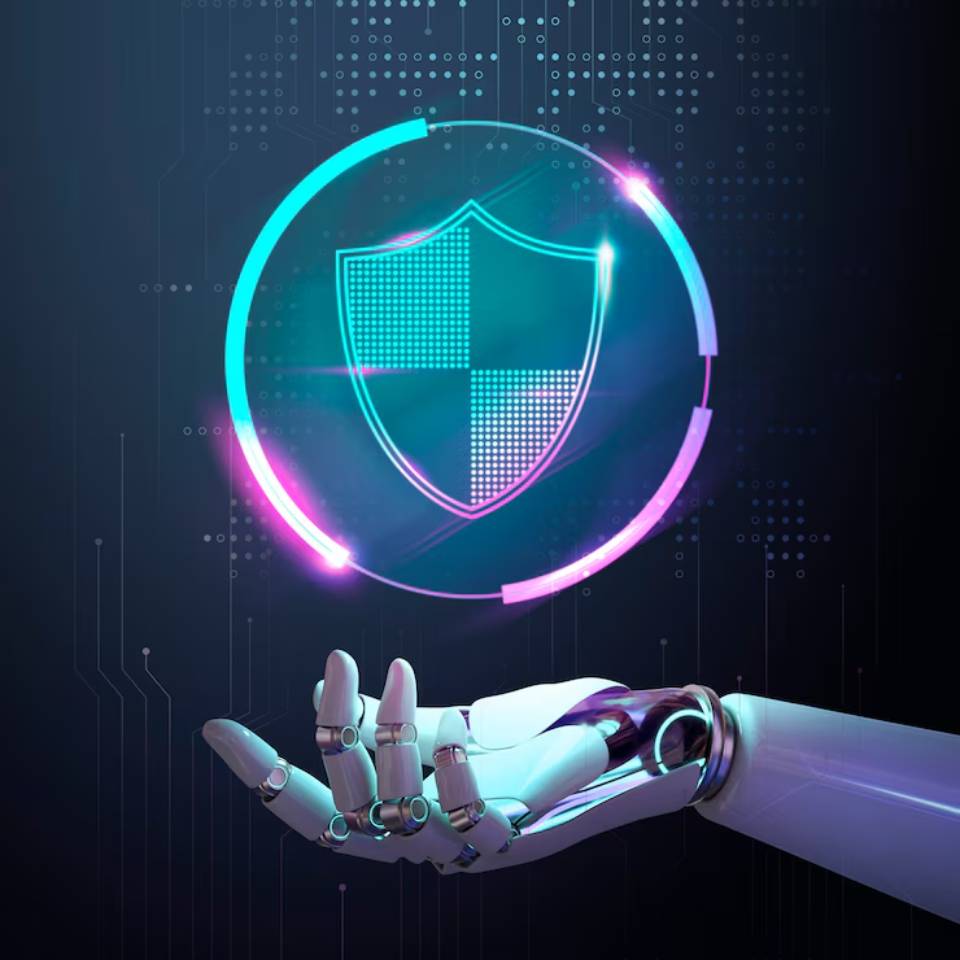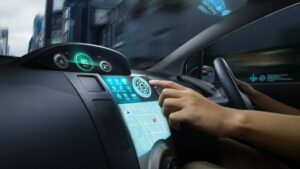The Technology Blog

How Edge Computing is Powering Real-Time Data Processing
As our digital lives grow and more devices connect, traditional cloud computing shows its limits. Apps are getting more complex. Data volumes are rising fast. The need for real-time processing is higher than ever. Relying only on distant data centres can cause latency issues. This leads to slower response times and reduces agility.
Enter edge computing. It’s a modern solution that moves processing power closer to data sources. Industries like healthcare, manufacturing, autonomous vehicles, and smart cities are using edge computing. They see how it boosts efficiency and accuracy.
In these fast-paced environments, edge computing is more than an upgrade. It’s a major change in how we manage and use technology at the network’s edge.
What Is Real-Time Data Processing?
Real-time data processing is like catching lightning in a bottle. It enables you to collect, analyse, and act on information almost instantly. Real-time systems act immediately when data is created. This is different from batch processing, which handles data in large groups after a delay.
This speed is crucial for things like self-driving cars, health monitoring, and factory automation. Delays in these areas can cause serious failures or lost chances.
What Role Does Edge Computing Play?
Edge computing brings data processing near the network’s edge. This means it’s closer to devices like sensors, cameras, and machines. Instead of sending data to a distant cloud server, it’s analysed locally.
This leads to:
- Lower Latency
- Reduced bandwidth use
- Improved reliability
- Quicker decision-making
It’s like giving devices the ability to “think” and act instantly.
Key Benefits of Edge Computing for Real-Time Data
1. Low Latency
With edge computing, data doesn’t have to travel far. This results in faster response times. In scenarios like automated machinery or traffic monitoring, even milliseconds matter.
2. Less Reliance on Internet Connectivity
Edge systems can keep running even with weak or unstable connections. Since most of the processing happens locally, services remain operational during network outages.
3. Bandwidth Optimisation
By analysing and filtering data at the edge, only relevant information is sent to the cloud. This helps reduce network congestion and associated costs.
4. Enhanced Security
Processing sensitive data locally means less exposure to external threats. For industries handling private or regulated data, this is a major plus.
Real-World Applications of Edge-Based Real-Time Analytics
Smart Manufacturing
Edge analytics empowers factories to keep a vigilant eye on machinery. It predicts failures before they disrupt the assembly line. Plus, it optimises workflow efficiency without a constant cloud connection.
Healthcare and Wearables

Medical devices such as heart rate monitors and glucose sensors deliver instant insights. They sound the alarm for patients or doctors when readings stray from safe zones.
Retail and Customer Experience
Retailers conduct a symphony of inventory with edge devices as their baton. They monitor stock in real-time, outsmarting thieves with finesse. Whims of shoppers are met with personalised offers crafted just for them.
Autonomous Vehicles
Cars are adept at making quick decisions to traverse busy streets. They skillfully dodge obstacles and prioritise passenger safety. With edge computing, vehicles process sensor data at lightning speed—no cloud is needed.
Edge Analytics vs Traditional Cloud Analytics
| Aspect | Edge Analytics | Cloud Analytics |
| Location of Processing | Near data source (on device/site) | Remote data centres |
| Speed | Immediate | Slower due to transmission delays |
| Bandwidth Usage | Minimal | High |
| Use Cases | Time-sensitive tasks | Large-scale data analysis |
| Reliability | Operates offline or with a weak signal | Needs stable internet connection |
Edge and cloud aren’t rivals—they often work together. Edge handles real-time needs, while the cloud manages storage, reporting, and historical analysis.
Challenges in Real-Time Edge Data Processing
Hardware Requirements
Edge computing requires devices with sufficient processing power. This may lead to higher initial costs and complex infrastructure needs.
Security and Maintenance

With more processing happening outside central systems, there are more endpoints to secure. Regular updates and monitoring are needed to keep data safe.
Scalability
Deploying edge solutions across large systems or organisations can be tricky. It requires careful planning to ensure seamless performance and integration.
The Role of AI and Machine Learning at the Edge
Edge computing is transforming—it’s more than mere data crunching. Now, AI models are waltzing on edge devices, soaking up real-time insights. They learn and adapt as they perform, turning data into useful knowledge. This evolution brings swift decisions and clever solutions right to your fingertips.
Imagine security cameras spotting suspicious behaviour or smart assistants that learn what you like. This is all possible with AI-powered edge computing.
Industries Driving the Shift to Real-Time Edge Processing
- Transportation: Autonomous systems and traffic monitoring rely heavily on low-latency computing.
- Energy: Smart grids and renewable systems use real-time data to balance loads and prevent failures.
- Agriculture: Sensors monitor soil and crop conditions, enabling instant adjustments to watering or fertilising.
- Logistics: Real-time tracking of goods, vehicles, and conditions ensures smooth supply chain operations.
Conclusion: Why Edge Computing Is Essential for the Future
Real-time decision-making is essential, not optional, in our hyper-connected, data-driven world. Edge computing rises to the occasion, delivering data processing right where it counts. It enables low-latency and real-time data analysis for IoT devices
This closeness clears the path for swifter, smarter systems that simplify life. With decisions sharper than ever, we embrace a new age of convenience.
From fueling self-driving cars to enhancing healthcare monitoring, edge computing sparks innovation. It empowers businesses to stay nimble and responsive in a dynamic world.
It doesn’t just process data; it puts it to work when needed. Edge computing meets real-time analytics, revolutionising our tech interactions. This isn’t merely about speed; it’s about making technology instinctive, intelligent, and in sync. This is the exciting future we’re racing toward.









